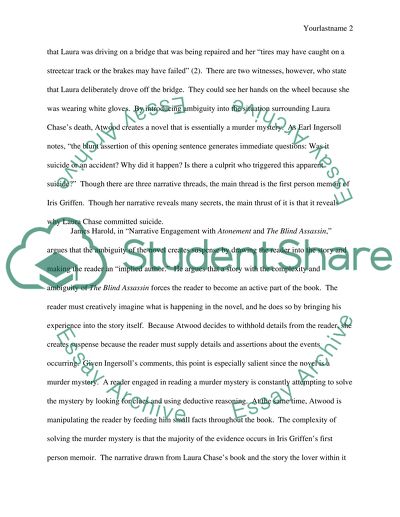Cite this document
(“Structural Complexity and Its Effect on the Reader in Margaret Research Paper”, n.d.)
Retrieved from https://studentshare.org/literature/1446616-the-blind-assassin-by-margaret-atwood
Retrieved from https://studentshare.org/literature/1446616-the-blind-assassin-by-margaret-atwood
(Structural Complexity and Its Effect on the Reader in Margaret Research Paper)
https://studentshare.org/literature/1446616-the-blind-assassin-by-margaret-atwood.
https://studentshare.org/literature/1446616-the-blind-assassin-by-margaret-atwood.
“Structural Complexity and Its Effect on the Reader in Margaret Research Paper”, n.d. https://studentshare.org/literature/1446616-the-blind-assassin-by-margaret-atwood.


